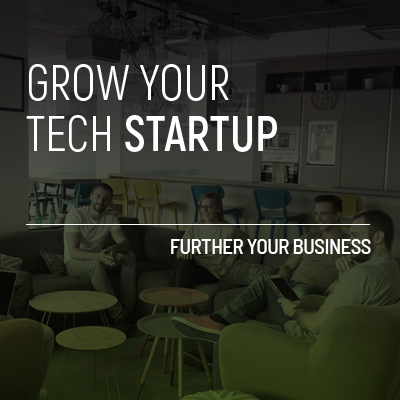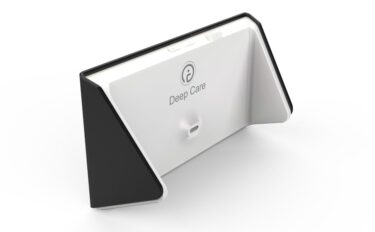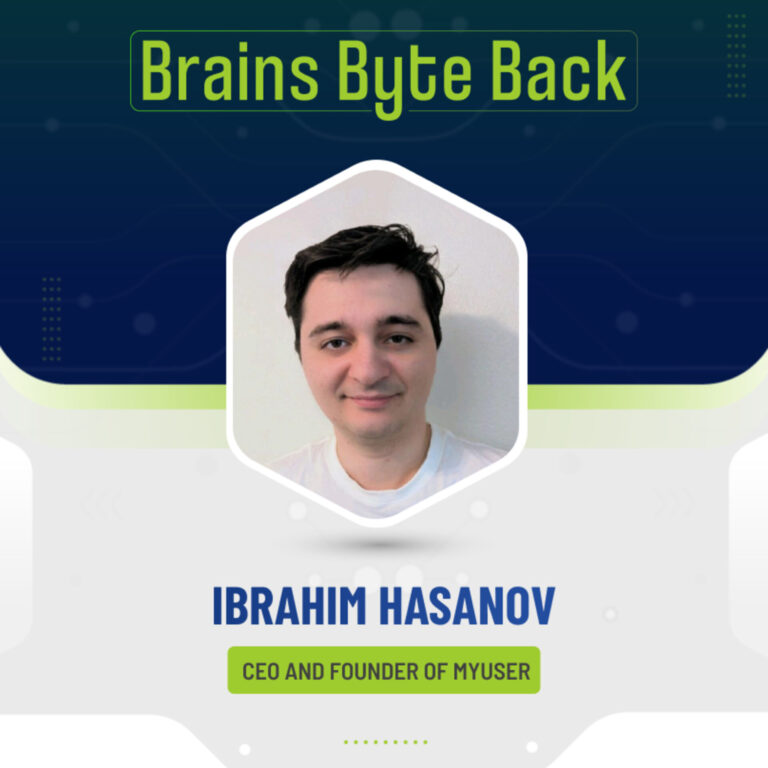Mobile World Congress (MWC) in Barcelona is the biggest annual event in the mobile technology and connectivity industry where industry leaders, innovators, and enthusiasts gather to present and discuss the latest developments in technology.
The 2025 edition, which took place in March, set a new record with 109,000 attendees from 205 countries and 2,900 exhibitors.
This year, the event moved away from its original telecom focus and became a more general tech show with robotics, automotive tech, and artificial intelligence (AI) on the agenda. But beyond technology itself, MWC 2025 was a masterclass in experiential marketing.
The Importance of Experiential Marketing in Big Tech Events
Experiential marketing is a powerful tool to immerse consumers in memorable, interactive experiences. In an event as big as MWC, where every brand is competing for people’s attention, experiential marketing helps companies break through the noise and stand out. Transforming passive observers into active participants and fostering deeper emotional connections with the brand.
Jason Megson, SVP Sparks International, stresses the importance of taking into consideration the place and culture of the city where the event is taking place. “Culture isn’t a theme, it’s a strategy. If your activation could be anywhere, it belongs nowhere,” he says.
Megson notes that the smartest brands tap into the distinct energy of Barcelona, creating experiences that resonate with an international audience while embracing the city’s rhythm of business, networking and relationship-building. “The brands that win at MWC are the ones that create moments of real human connection, where ultimately business gets done,” he adds.
Jason also emphasizes the importance of thoughtful space design and inclusivity. “A thoughtfully designed space is a more successful experience. If your brand experience isn’t designed for everyone, you’re leaving opportunities (and revenue) on the table,” he explains.
Neurodivergent-friendly spaces, intuitive layouts, and barrier-free networking don’t just make an activation more welcoming—they make it more effective.
Brands That Stole the Show:
With thousands of exhibitors competing for attention, a few brands stood out for their ability to create memorable experiences and move beyond traditional advertising techniques.
Here’s a look at what we saw on the MWC showroom floor that was captivating audiences:
Google was in the spotlight this year, winning two major awards. The Pixel 9 Pro won “Smartphone of the Year,” award, and Gemini won the “Breakthrough Device Innovation” award, highlighting Google’s strength in AI-driven mobile experiences. But it was Google’s activations that truly captured attention.
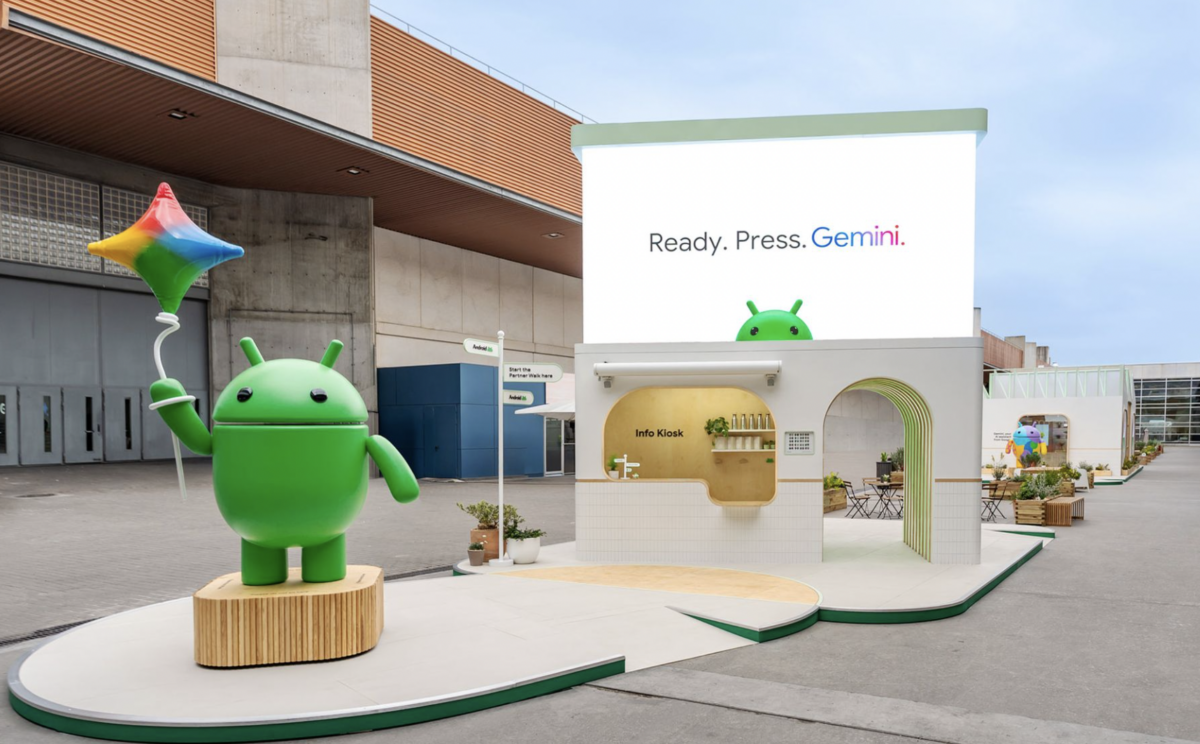
Google set the bar high with multiple pop-up experiences, including a gelato stand at their Circle to Search translation demo booth that drew crowds and created a buzz.
The company also upheld its tradition of limited-edition Android pin collections, turning attendees into pin-collecting enthusiasts.
Visitors could explore the show floor, collecting pins from various Android-related booths after viewing demos. This interactive scavenger hunt not only drove foot traffic but also encouraged exploration of the event.
This year Google focused on playful, interactive elements like Android figures scattered throughout the event that ensured everyone at the conference was aware of their presence almost anywhere they went.
Xiaomi
The company’s theme this year was “Human x Car x Home.” Their stand prominently featured their electric vehicles (EVs), signaling their ambitious goal to dominate the automotive sector.
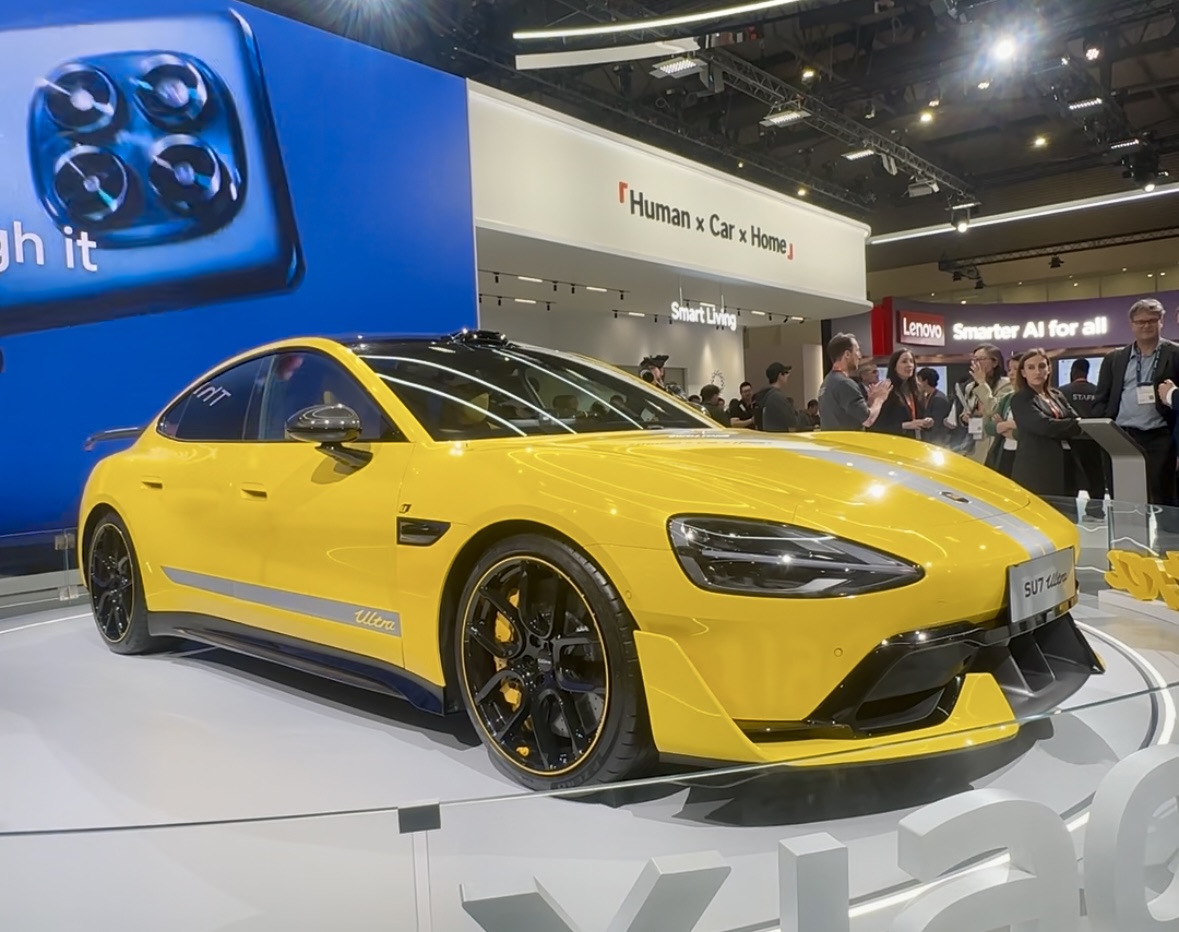
Visitors gathered to admire and photograph the sleek design of the SU7 Ultra, an electric car with 1548 horsepower and a 0-100 km/h acceleration in just 1.98 seconds. While Xiaomi’s staff provided live demos of its cutting-edge features.
The booth itself was one of the most visited at MWC, featuring a smart home display with seamlessly integrated devices, from vacuums and pet feeders to TVs and kitchen appliances.
Xiaomi also showcased the Xiaomi 15 Series (co-engineered with Leica) and the world’s first triple-foldable smartphone, the Mate XT Ultimate Design.
The cohesive theme throughout the stand demonstrated how Xiaomi’s products connect across personal, automotive, and home environments.
Honor
Honor captivated audiences with its array of interactive robots, making its stand one of the most frequented at the event. The highlight was the Paxini robot hand, which used a camera to detect and mimic human hand gestures in real time.
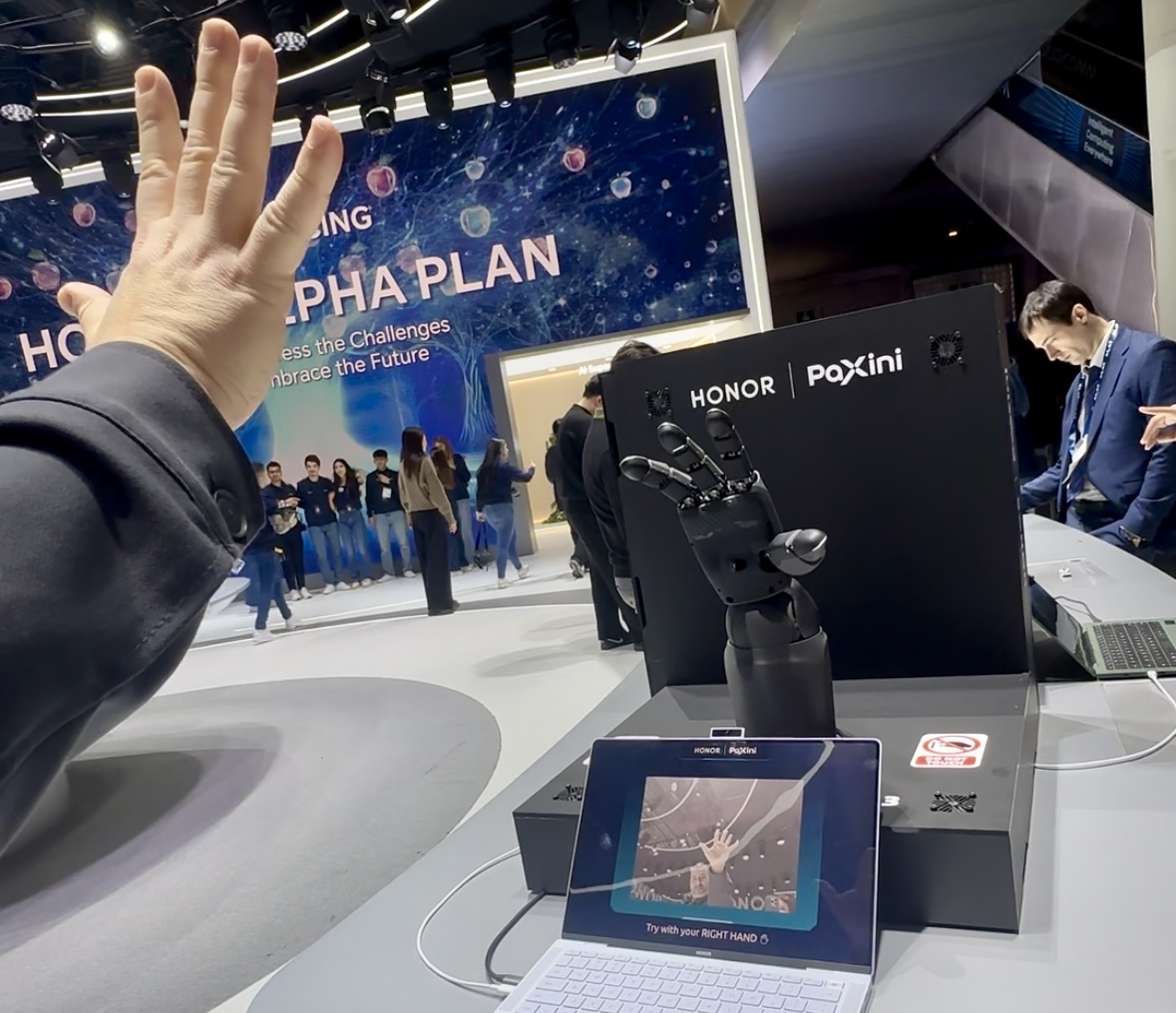
Attendees were fascinated by its ability to replicate movements with precision.
Honor also showcased a robot that played Go, using AI to predict human moves.
Another crowd favorite was the HONOR AI Deepfake challenge, where attendees guessed whether images were AI-generated or real photos for a chance to win prizes.
These activities not only entertained but also demonstrated Honor’s advancements in AI and robotics.
IBM
IBM took a playful approach with AI-powered foosball and ping-pong tables.
Attendees could test their skills while receiving AI-driven tips to improve their game.
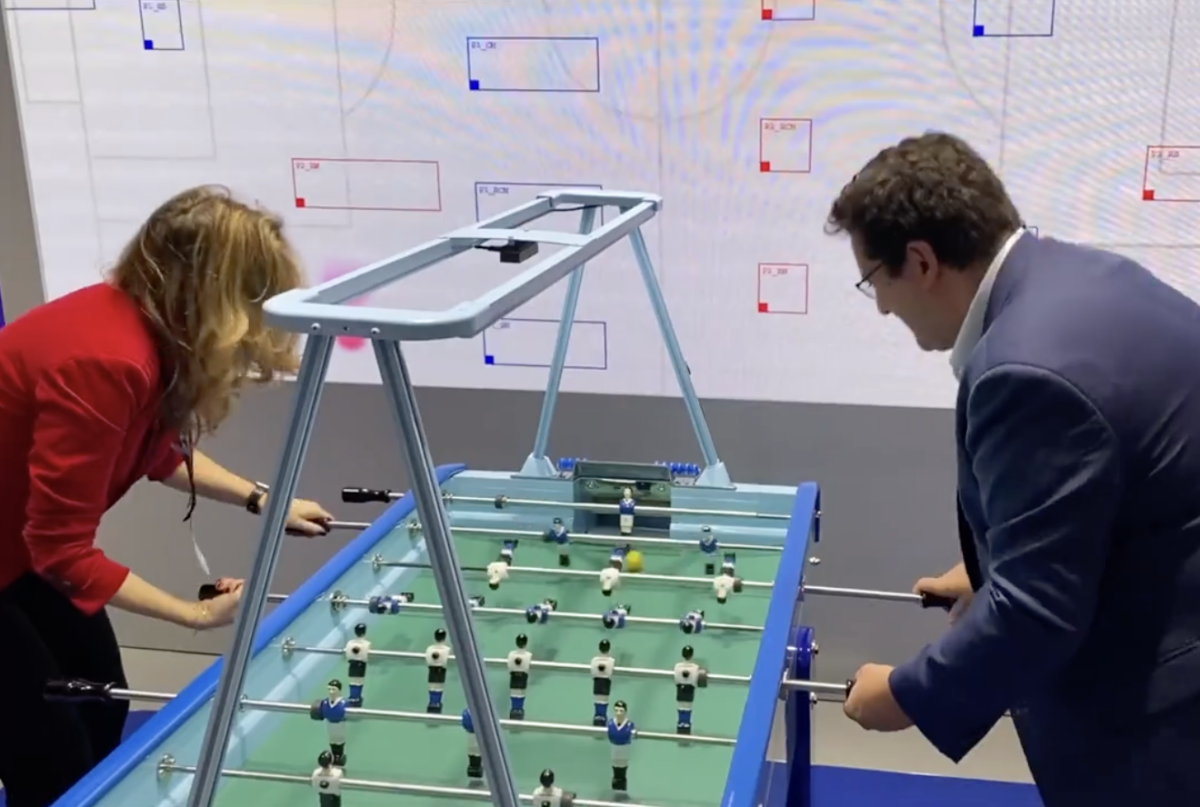
Sensors in the balls tracked players’ movements, comparing their style to professional athletes like Sevilla FC players or tennis pros.
This gamified experience showcased IBM’s AI capabilities in a fun and educational way.
LG
LG Uplus unveiled “ixi FutureVillage,” an exhibit that depicted what life will look like in 2050.
Using transparent OLED screens, the display illustrated how AI and communication technologies could solve real-life problems for people with different needs, such as elderly couples, young families, and small business owners.
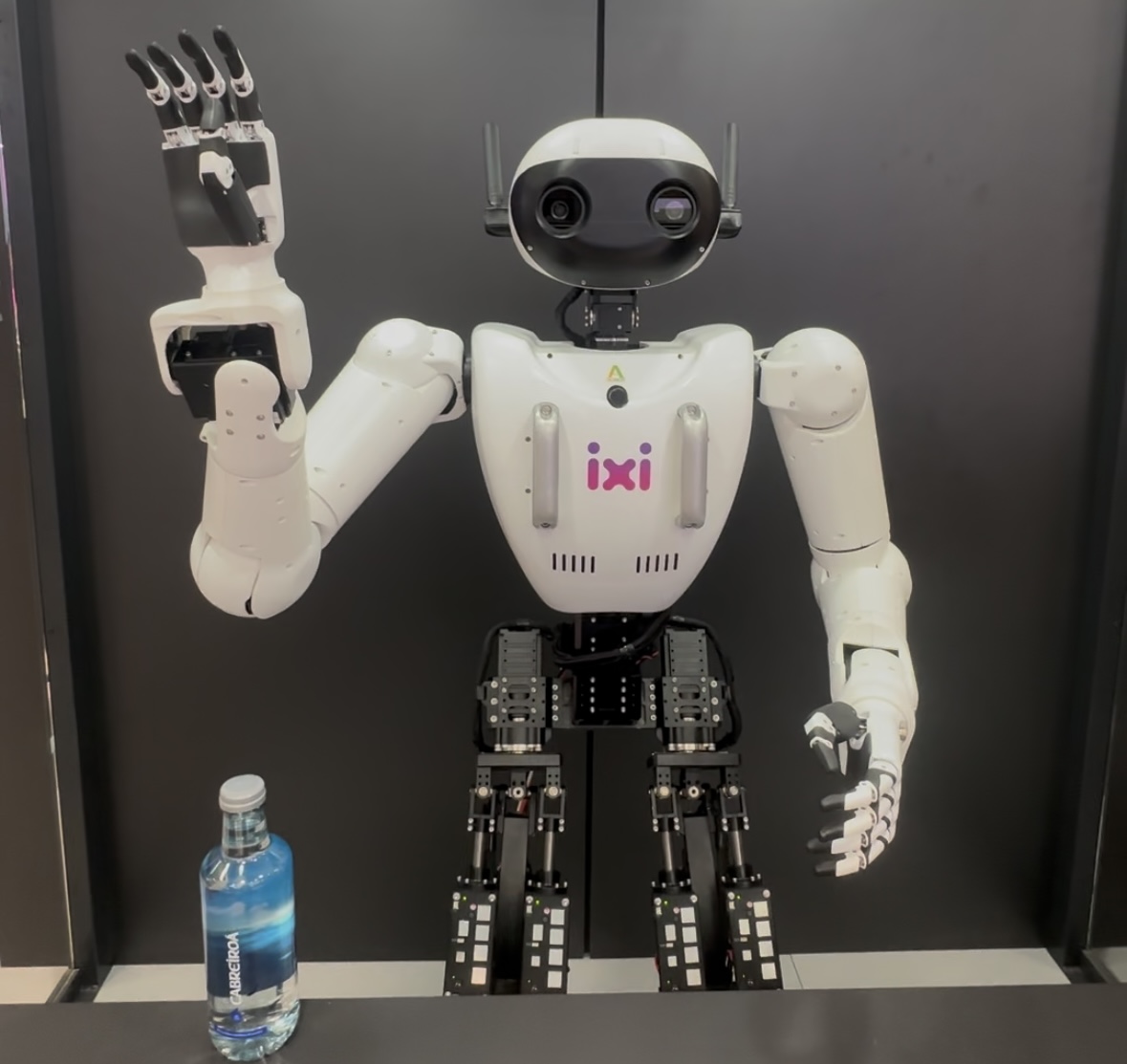
LG also displayed the humanoid robot “Alice” which asked questions to visitors and rewarded correct answers with small gifts.
This interactive experience highlighted LG’s commitment to blending AI and robotics with everyday life.
SKT
SKT’s booth theme was “Converge. Connect. Create” and it featured a 792 m² exhibition space showcasing AI technologies.
The highlight was a marble racing game that illustrated SKT’s “AI Infrastructure Super Highway” strategy.

Attendees enjoyed the game while learning about SKT’s AI data center solutions and telecommunications advancements.
A Look into the Future of Audience Engagement at Tech Events
Moving forward, expect to see at conferences such as MWC, SXSW, Web Summit and CES even more interactive booth designs blending cutting-edge technology like AI smart glasses, projection-mapped displays, and chatbots, with immersive activities that blur the line between physical and digital.
One trend on the rise that marketers can’t ignore is using robots to drive engagement. For example, AWS partnered with Kiwibot to deploy robots at its Gen AI World Tour pop-ups in different cities around the world.
These charming robots are used at events to distribute flyers, magazines, swag, and even food, generating thousands of impressions per mile while allowing brands to track the ROI of their activations.
For marketers, the takeaway is clear: Embrace new technology, while keeping the culture of the city and environment of the event in mind. Have a clear theme for the stand that is conveyed through the whole messaging and design. Lastly, focus on experiences that resonate on an emotional level. The most valuable asset in today’s world is attention and experiential marketing provides an effective method to make your brand stand out while building relationships and inspiring action.
